Well Done is far better than Well Said
THE GLOBAL QUEST FOR SUSTAINABLE LIFE

This "well done" adage is attributed to Ben Franklin. It was one of the favorite slogans of an early mentor, York Langton. During the turbulent 1960's, he provided guidance and support to my early activities in the United Nations movement. Each epoch in time provides it stark changes and challenges. The 60's witnessed many wonderful technical advances but also the divisive Vietnam conflict, the awareness of many issues of emerging nations, environmental awakening, widespread inequities and persistent violent conflict. Like balance in our personal lives, York believed a sustainability dimension should be a vital part of discussion of global goals.
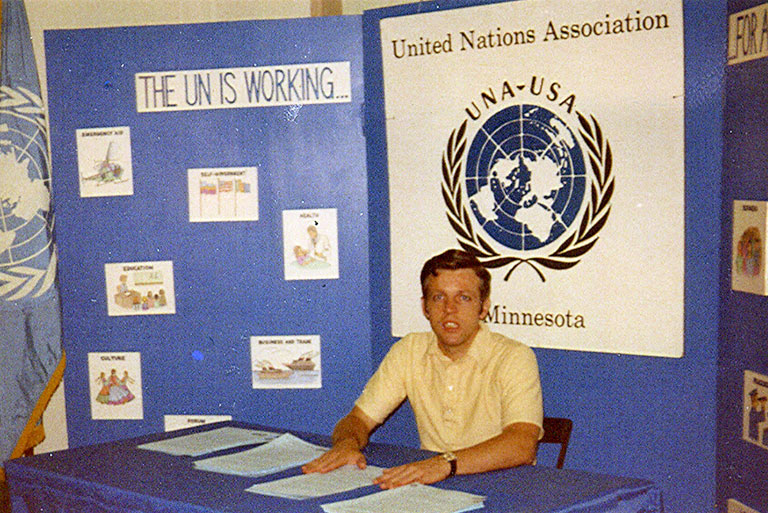

This year, the United Nations introduced formal Global Sustainability Goals to the world, a 17-point agenda to end poverty, combat climate change and fight injustice and inequality. The Global Goals may be the most ambitious attempt in the history of the human race to make the world a better place for present and future generations. A full description may be found on the UN web site: http://www.un.org/sustainabledevelopment/
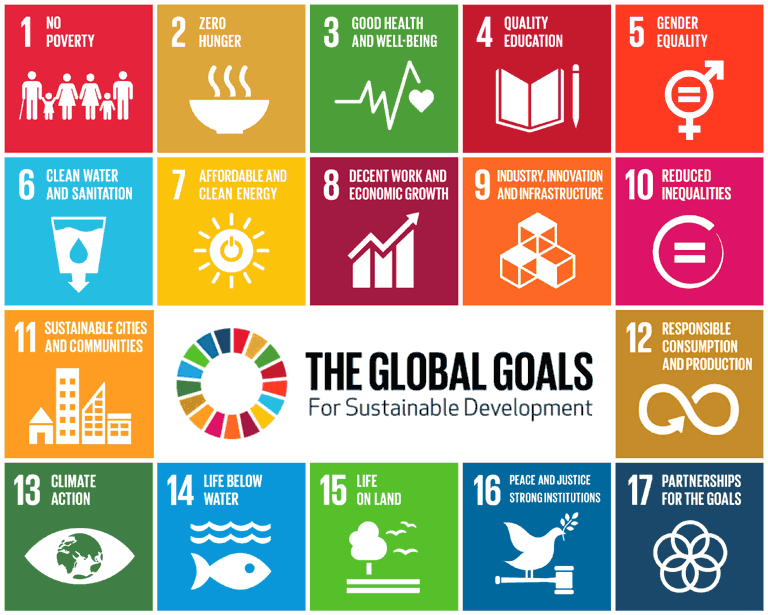

These goals supersede the UN Millennium Development Goals. As their name suggests the earlier goals pertained primarily to poverty and economic development. The new goals are interlaced with the broad concept of "sustainability". For example, we cannot advance economically while degrading the environment or ignoring human rights. We must attempt to make progress on a whole constellation of goals even while we carefully measure progress on individual objectives such as climate stability or healthy nutrition.
 January 2016
January 2016

Many early Minnesota UN movement leaders were business leaders who tried to harmonize the demands of market economics with environmental processes. Can you believe, -50 years ago, York Langton helped me make an illustrated display of the UN global goals? Our bold display was featured as an education display in the MN State Fair as early as summer, 1967. Today's goals are not the product of merely a few people, even knowledgeable UN civil servants but the result of gathering inputs broadly across the globe. Over the past few years the goals were carefully refined into categories that would be actionable and sustainable.


York Langton encouraged me to attend the first UN conference on the Environment in Stockholm during June, 1972. We discovered "Environment" was not even mentioned in the UN Charter. When UN Undersecretary Robert Muller campaigned to place environmental concerns on the UN agenda, we were told that "the bird watchers are taking over the UN" It took years of patient education and persistent advocacy. Muller was an environmental champion and a profoundly spiritual person. He hoped to harness humankind's deep spiritual values to honor and promote a global environmental ethic. Like York Langton, Muller was alert to encourage promising young leaders whose "global vision" transcended narrow sectarian interests.
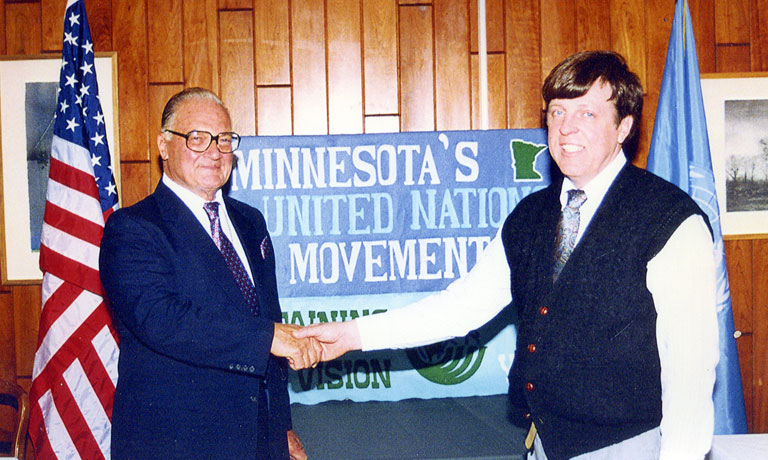

One young leader was Ambassador Tom Koh from Singapore. York Langton, who was the founder of Minnesota's United Nations Association (and a leading World Federalist), invited him to be the keynote speaker at a United Nations Association gathering in Minneapolis in the spring 1981. Ambassador Koh, who is still very active today, was uniquely skilled, possessing a deep knowledge of market economics and innate cultural sensitivity. He had a deep knowledge of market economics, was very culturally sensitive. He was a skilled negotiator who carefully built consensus among competing interests. He was the ideal person to help broaden the environmental discussion to include economics and society.


Whether vocation or avocation, my efforts seem to always have a global perspective. Although the goals were often somewhat abstract they were meant to pertain to individual people and tasks. During the 1980's much of my focus was on Human Rights. We studied the UN's Universal Declaration of Human Rights for its true meaning. We applied these concepts in seeking the release of one person, Tsehai Tolessa, an unjustly imprisoned Ethiopian church woman who was deemed to be a "Prisoner of Conscience" though imprisoned, although she was not charged with any crime.
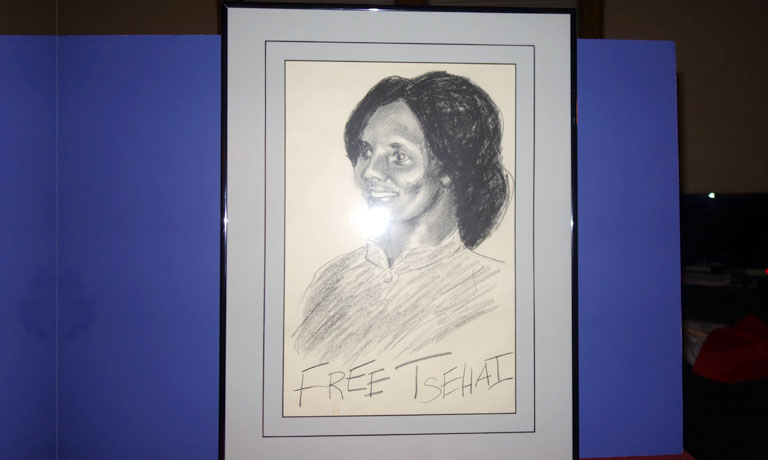

Our support group leader Ardes Johnson encouraged us write letters to government officials, church leaders, human rights experts. We met and worked in church basements, ethnic restaurants, and presented at large Human Rights programs. We found creative ways to contact the prisoner and keep her case alive; she was never forgotten. We persevered for 10 long years.


It was a day a great joy, April, 1991 when after her release; she visited Minnesota and thanked many for their unstinting support. Such joy-filled successes may not be common; perseverance is a common feature of many, many cases of true sustainability.


Over the years Ambassador Koh's persevering work has been a great inspiration. He spearheaded the preparations for the first UN Conference on Environment and Development the so called Earth Summit held in Rio de Janeiro during 1992. He was among the leaders who championed "sustainable development" and the tradition of studying public policies through the lens of "sustainability."


I was encouraged by Ambassador Koh and Ambassador Robert Ryan, Jr. (the lead US spokesmen) to focus our efforts locally in Minnesota. A broad coalition of civic and environmental groups sponsored a number of meetings in Minnesota highlighted by a memorable visit by Ambassador Ryan. We were pleased that Ambassador Ryan articulated the "intergenerational equity" dimension of sustainability. This concept very closely resembles the teachings from Chief Seattle: "we hold the earth in trust for future generations". We visited several schools and dialogued with young leaders who posed their questions and hopes for a more sustainable future. During his 1992 visit a lively Youth Summit was held at the University of MN's Raptor Center.
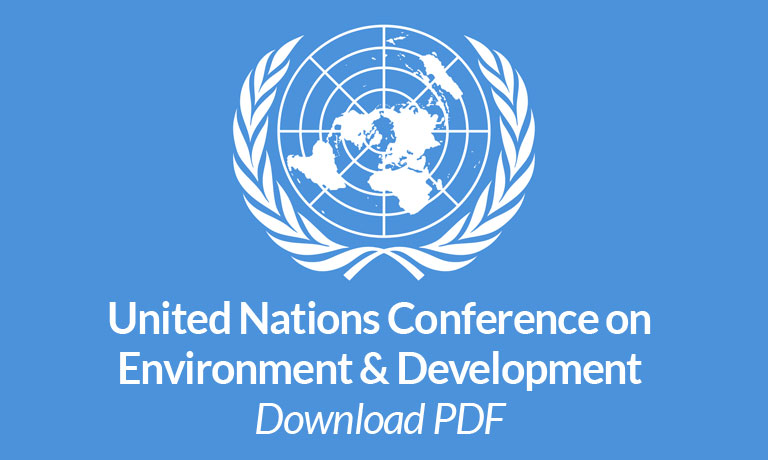 March 1992
March 1992

Over the years, I was appointed by the Minnesota Governor to a Commission on Sustainability and served in many public capacities. Sustainability issues were not merely about summits but "solutions" We are all challenged to make sustainability a part of our daily civic, professional and family lives.


Activities in the public arena complemented a long, satisfying career in business. In the last 25 years I was a Project Manager at Honeywell, Inc., one of many Minnesota industrial companies that produce products and services that greatly enhance energy conservation and efficiency. My career was a great opportunity of promoting economic progress through environment protection. Our company encouraged community service. I was thrilled to receive the company's top Community Service award in 1998 for my global sustainability work.

In our personal life, our family goals were aligned with global goals. Our family was early advocates of community recycling for our household and church. However, we are best known for our family's farming and gardening tradition. This hobby/business encouraged us to promote native plants as one path to sustainable living. A description of our approach was outlined in concept paper entitled "A Grassroots Movement for Climate Change". The ideas presented received wide recognition at the Copenhagen Climate Conference in 2010. We advocated large scale worldwide revegetation using locally appropriate Native plants.
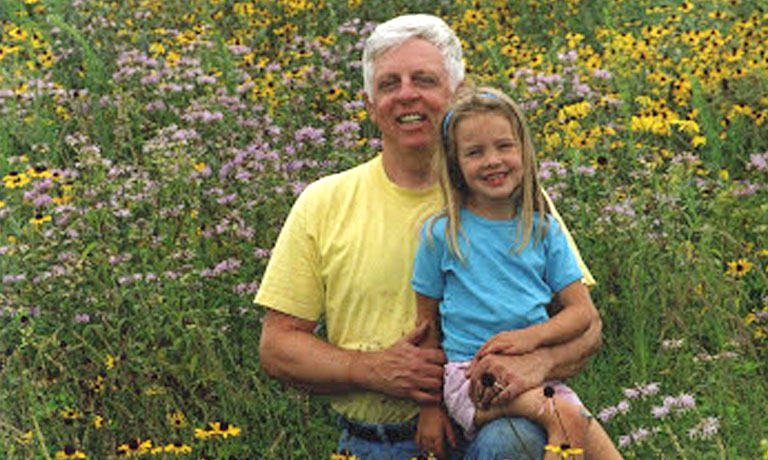

The Copenhagen Climate Conference was my opportunity to propose a small piece to the climate jigsaw puzzle. My grassroots solution to climate change focused on the unique properties of deep rooted native plants. Native plants filter contaminants in water, prevent erosion, to counter the tendency to flood, and provide homes for wildlife like graceful song birds, and agriculturally important pollinators. An additional benefit is the capability to sequester carbon deep in the soil. Much of my presentation was based upon research done here in Minnesota and but practice extensively in the Caribbean, the Philippines, and parts of Africa.


My presentation also focused on grassroots organizations that actively promote the regeneration of native plants and cultivate future generations of humanity to value and expand that tradition. Many in the audience felt that the concepts presented were very applicable to developing countries with degraded landscapes and underutilized workers. Planting appropriate flowering plants encourages pollinating insects. Pollinators can provide resilience to the native landscapes and dramatically improve yields on healthy, nutritious fruit and vegetables groups.


My quest to change the world for the better continues nearly five decades after it began. Is simplicity the ultimate sophistication? Working together on energy conservation, recycling, saving and sharing seeds, growing plants, learning more about the wonder of pollination have been parts of this adventure. The journey involves the intellect but more importantly the heart. I have explored, longed, questioned but most of all worked with a life affirming vision for the world. Throughout the years the plaintive pleas of my beloved mentor remain: "well done is better than well said"


